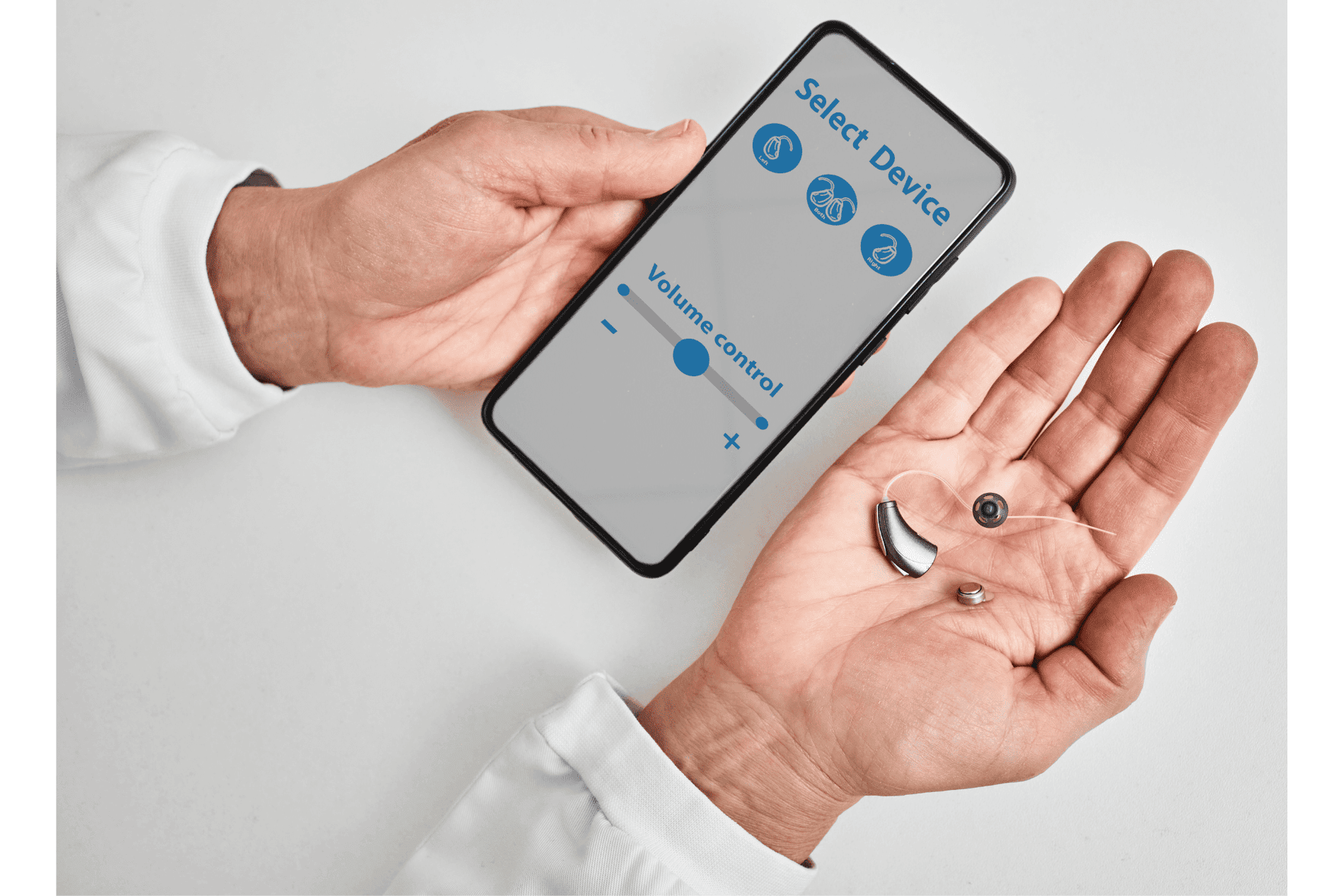
Hearing loss is a pervasive issue that affects millions of individuals worldwide, compromising their quality of life. As hearing health professionals, we are excited to introduce you to the latest advancements in hearing loss prevention, diagnosis, and management, along with the groundbreaking developments in hearing aid technology. In this comprehensive guide, we will explore the importance of early detection, recent research findings, potential futuristic interventions, and how your new hearing aids can open up a world of sound.
The Importance of Early Detection
Early detection of hearing loss is the cornerstone of effective management. Yet, many individuals delay seeking help due to stigma or a lack of awareness about the signs of hearing loss. It is crucial to recognize that hearing loss can occur gradually and may initially manifest as subtle changes in one’s ability to hear and understand conversations. Routine hearing assessments are essential, especially for those over 50, as age-related hearing loss is common.
Recent studies have shed light on the far-reaching consequences of untreated hearing loss. Beyond the obvious communication difficulties, untreated hearing loss has been linked to cognitive decline, depression, social isolation, and an increased risk of falls. This underscores the importance of early detection and prompt intervention.
Prevention and Lifestyle Choices
Advancements in hearing loss prevention are a significant stride towards preserving your hearing health. Noise-induced hearing loss (NIHL) is a preventable type of hearing loss that results from exposure to loud sounds. The key to preventing NIHL lies in taking precautions:
Use hearing protection:
Whether you’re attending a concert, working in a noisy environment, or using power tools, wearing hearing protection like earplugs or earmuffs can safeguard your hearing.
Limit exposure:
Reducing the duration and intensity of exposure to loud noises can significantly lower your risk of hearing damage. Pay attention to recommended noise exposure limits.
Safe listening habits:
When using headphones or earbuds, keep the volume at a moderate level and take breaks to rest your ears.
Regular hearing check-ups:
Routine hearing assessments can detect early signs of hearing loss, allowing for timely intervention.
The Latest in Hearing Aid Technology
Your new hearing aids represent a leap forward in technology, designed to enhance your hearing experience and improve your quality of life. Here are some of the latest advancements you can expect:
Digital Signal Processing:
Modern hearing aids use advanced digital signal processing to filter out background noise and amplify speech, making it easier to understand conversations even in noisy environments.
Wireless Connectivity:
Many hearing aids are equipped with Bluetooth technology, allowing you to connect to smartphones, TVs, and other devices. This feature enhances your ability to stream audio directly to your hearing aids, improving clarity and convenience.
Directional Microphones:
These microphones focus on the sounds you want to hear while reducing unwanted noise from other directions, improving speech comprehension.
Rechargeable Batteries:
Say goodbye to constantly changing batteries. Rechargeable hearing aids offer convenience and eco-friendliness.
Tinnitus Management:
Some hearing aids come with built-in tinnitus masking features, providing relief for those experiencing ringing or buzzing in their ears.
Customization:
Hearing aids are now more personalized than ever. They can be fine-tuned to your specific hearing needs, ensuring optimal performance.
Future Interventions and Research
The future of hearing loss management holds exciting possibilities. Researchers are exploring innovative solutions to address hearing loss more effectively:
Gene Therapy:
Gene therapy trials are underway to target genetic causes of hearing loss. This groundbreaking approach may lead to permanent hearing restoration in the future.
Cochlear Implants:
Advancements in cochlear implant technology are continually improving hearing outcomes for individuals with severe to profound hearing loss.
Stem Cell Therapy:
Stem cell research offers the potential to regenerate damaged hair cells in the inner ear, which could potentially restore hearing.
Neuroprotective Drugs:
Research is ongoing to develop drugs that protect the delicate hair cells in the inner ear from damage, potentially preventing hearing loss.
Your new hearing aids mark a significant milestone in your journey to better hearing and improved overall well-being. Early detection, prevention, and cutting-edge technology have paved the way for a brighter future for individuals with hearing loss.
Remember, the decision to seek help for hearing loss is a courageous one, and you are not alone on this journey. Audiologists and hearing professionals are here to provide compassionate care and support every step of the way.
In closing, embrace the world of sound that your new hearing aids will unlock for you. Stay proactive about your hearing health, explore the latest advancements, and continue to stay informed about the exciting developments in the field of audiology. Your hearing is precious, and we are committed to helping you make the most of it.
